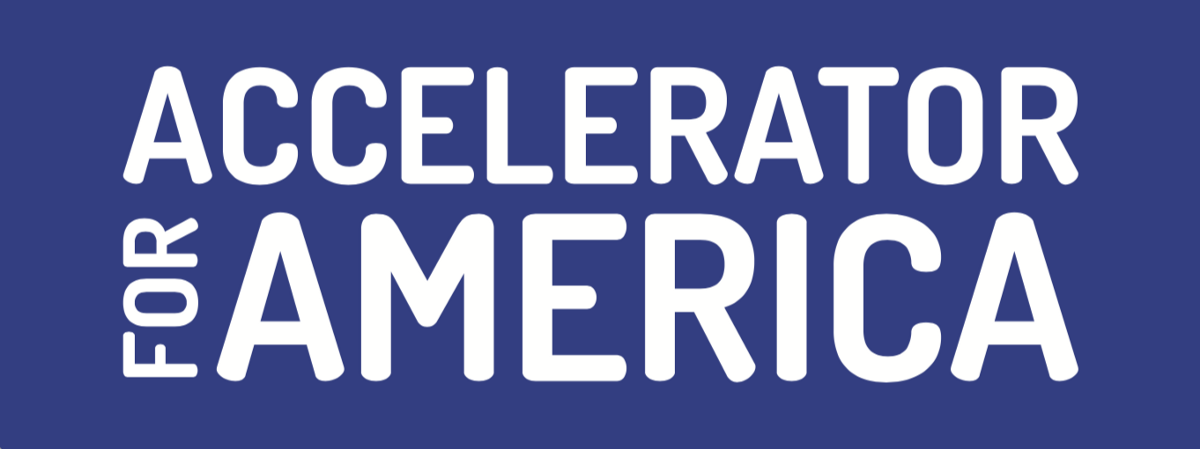Bruce Katz & Jeremy Nowak : The Investment Prospectus Approach
By Bruce Katz & Jeremy Nowak, New Localism Advisors LLC.
The Trump Administration’s tax code has rightfully drawn criticism for how it distributes its benefits. It is now the law of the land, however, and it is incumbent on public entities, much like corporations do, to go through any new tax legislation and find what can benefit them. The opportunity tax incentive is one such avenue through which cities may put the tax code to their advantage.
To understand how the new opportunity tax incentive might benefit inclusive growth, through the non-profit Accelerator for America, we are developing an urban Investment Prospectus for three cities: South Bend, Indiana; Oklahoma City, Oklahoma; and Louisville, Kentucky. The prospectus will look at growth and development issues from macro (city and region) and micro (neighborhoods and districts) perspectives and tie them together through projects and initiatives.
At a time when our nation’s capitol is mired in dysfunction, the mission of Accelerator for America, whose Advisory Council is chaired by Los Angeles Mayor Eric Garcetti, is to help cities help each other in deploying solutions that improve the economic security of its residents.
The urban investment prospectus is a hybrid tool: one part city marketing strategy, one part economic development analysis, and one part private investment memorandum.
As with a typical marketing report, the prospectus makes a case based on assumptions about market momentum and the strength of local, civic assets. But unlike most marketing reports, we do not ignore the critical challenges each city faces and the potential transformation moves that must be undertaken.
An economic development policy brief analyzes a city or region in terms of its employment trends and growth clusters. We will do the same, but also focus on the interplay of employment and firm growth in terms of those places that received a tax incentive designation. In some cases we will identify one or more long term place-making opportunities that will expedite future growth.
An investment memorandum is designed to attract capital in support of a business or a fund. Similarly, the urban Investment Prospectus is focused on capital but in support of a specific place. As such, we will look at the demand for capital and potential projects or funds that best represent that demand. We will also articulate both the opportunities and the risks of those projects or funds.
We are committed to inclusive growth, which means maximizing economic benefits for low- and moderate-income people (jobs) and places (neighborhood amenities). Given our focus on job opportunities, we will include an analysis of human capital issues in each city and how skillbuilding connects to capital investment dynamics.
At the heart of the urban investment prospectus is the interplay of three factors: sectors, communities, and institutions. While most communities have some understanding of their strongest economic growth opportunities, (e.g. medical research, advanced manufacturing, tourism, robotics), and place-based incentives are a common approach to economic development, the issue of institutional capacity is not as frequently addressed.
There is an important institutional dimension to postindustrial urban development that involves the use of finance, management, and development organizations that combine a public purpose with market oriented capacities and discipline.
Today, many cities are transforming through changing demography and a new economy that values the co-location of research, cultural, and entrepreneurial assets. The cities best able to take advantage of these shifts did so because they organized or repurposed institutions to meet new challenges.
In our book, The New Localism: How Cities Can Thrive in the Age of Populism, we focus on institutional capacities: leaders in Indianapolis building a common approach to regional growth,, the organization of a public asset corporation in Copenhagen, a business improvement district like Philadelphia’s Center City District, or a civic development institution such as 3CDC in Cincinnati.
The use of these sorts of institutional intermediaries is common with low-income community development. From community development corporations to community development financial institutions, there are countless intermediary institutions that play catalytic roles in the field of enterprise development, including technology transfer groups at universities, accelerators, and business incubators. There has been very little written about urban regeneration from the perspective of civic, financial, and development intermediaries and yet they have been critical to the story of community change.
The urban Investment Prospectus has to ask whether there is the right intermediary capacity to catalyze inclusive growth. Strong intermediaries are able to incur costs to stimulate development outcomes. Moreover, they must have sufficient public sector relationships, community standing, and private sector credibility to effect change.
Getting the institutional issues clarified will be as important as understanding the economic and demographic trends within a city. And it will be one of the central factors distinguishing the urban Investment Prospectus from similar efforts.
One more thing: while the investment prospectus will be written for individual cities, it is being developed with a more universal perspective. Investors look for repeated patterns across places — similar spatial geographies, common product types — so that markets can be routinized and friction can be reduced. These patterns are already emerging across our initial three cities and will be the topic of much discussion in articles to come.

